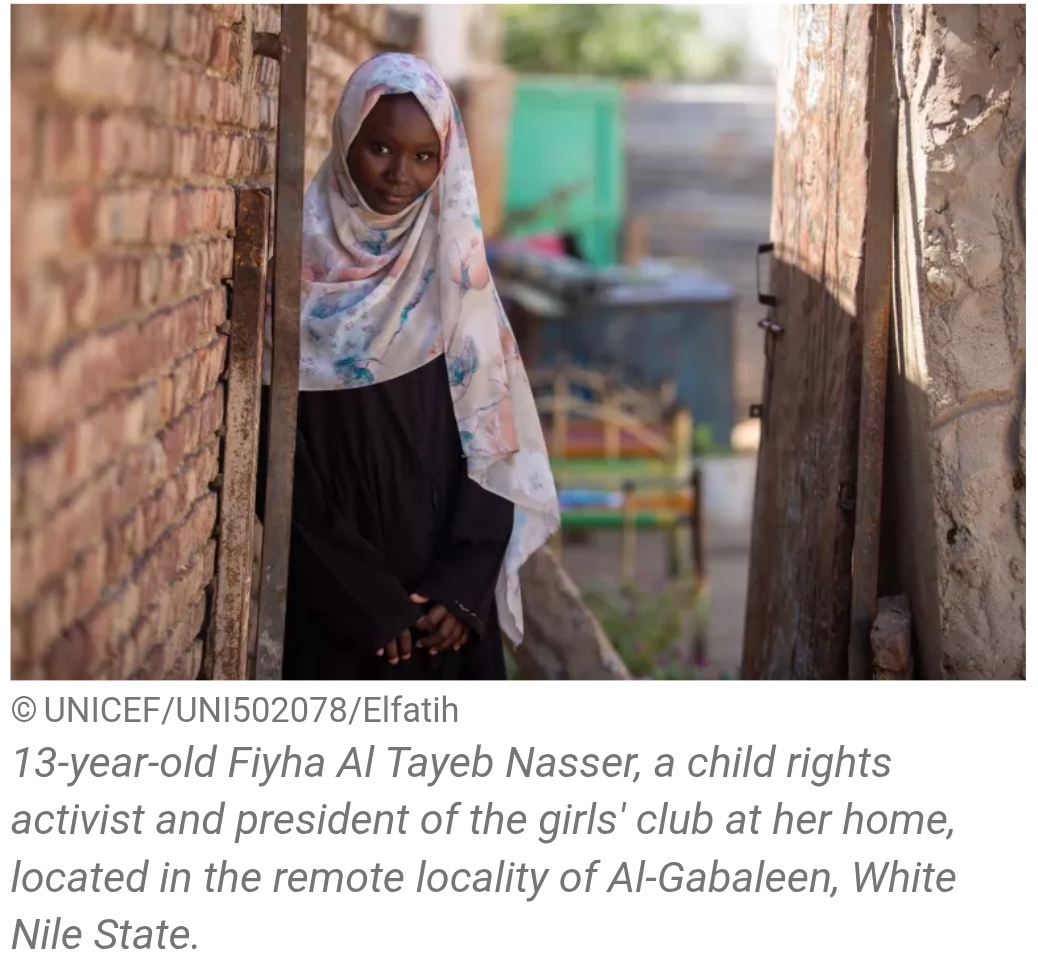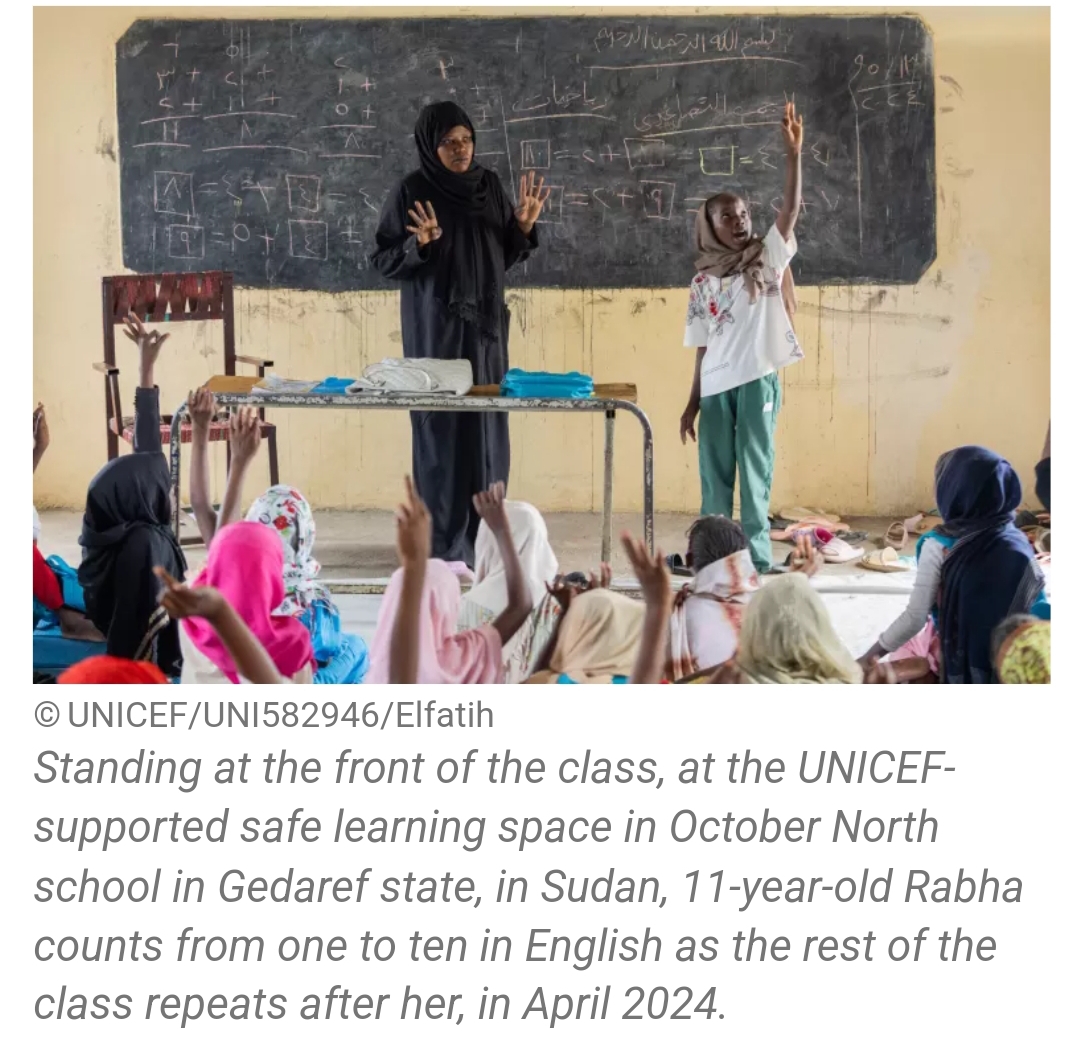UN Calls for Urgent Action to End Female Genital Mutilation on International Day of Zero Tolerance.
GENEVA/NEW YORK:
On the occasion of the International Day of Zero Tolerance for Female Genital Mutilation (FGM), the United Nations Population Fund (UNFPA), the United Nations Children’s Fund (UNICEF), and the World Health Organization (WHO) have issued a strong call to action, urging governments, civil society, and communities to accelerate efforts to end the harmful practice of female genital mutilation, which continues to impact millions of girls and women worldwide.
In a joint statement, the three UN agencies highlighted that FGM is a profound violation of human rights, leaving deep and lifelong physical, emotional, and psychological scars on its victims. Currently, more than 230 million girls and women are living with the consequences of FGM. Alarmingly, an additional 27 million girls are at risk of enduring the practice by 2030 if immediate action is not taken.
“The time to end female genital mutilation is now,” the statement emphasized. The theme of this year’s observance, “Stepping up the pace: Strengthening alliances and building movements to end female genital mutilation,” underscored the urgency of accelerating progress in the global fight against FGM. The UN agencies reaffirmed their commitment to work together with countries, communities, and grassroots organizations to eliminate this harmful practice once and for all.
Despite the ongoing challenges, there is hope. Several countries have made notable progress in reducing the prevalence of FGM, with Kenya and Uganda serving as examples of success. In these nations, community-led initiatives and collaborative action are proving that change is possible. The UN agencies highlighted that such efforts, when strengthened and scaled up, have the potential to rapidly accelerate global progress toward ending FGM.
Since the launch of the UNFPA-UNICEF Joint Programme on the Elimination of Female Genital Mutilation in 2008, significant strides have been made. The program has reached close to 7 million girls and women with prevention and protection services. Additionally, 48 million people have publicly committed to abandoning FGM, and 220 million individuals have been reached through mass media campaigns. Over the last two years, 12,000 grassroots organizations and 112,000 community and frontline workers have become instrumental in pushing for change at the local level.
However, the UN agencies also warned that the progress made remains fragile. The Gambia, for example, continues to grapple with efforts to repeal its ban on FGM, despite the rejection of such a proposal by the country’s parliament last year. Such setbacks could have disastrous implications, potentially reversing decades of hard-won gains in changing attitudes toward the practice.
Among the 31 countries where data on FGM prevalence are available, only seven are currently on track to meet the Sustainable Development Goal (SDG) of eliminating FGM by 2030. To achieve this ambitious target, the pace of progress must increase significantly, the UN agencies warned.
The statement called for stronger alliances across sectors, including health, education, and social protection, as well as sustained advocacy and grassroots movements, with girls and survivors at the forefront. Increased accountability and greater investment in proven interventions are also essential for protecting girls at risk and providing justice for survivors.
“We are deeply grateful to our donors and partners who have supported this critical work,” the agencies said. “But much more remains to be done, and we call on others to join us in this life-saving mission.”
The UN concluded with a powerful message: “We all have a role to play to ensure that every girl is protected and can live free from harm. Let’s step up the pace and act with urgency.”
What is Female Genital Mutilation?
Female Genital Mutilation (FGM) refers to the practice of intentionally altering or injuring the female genital organs for non-medical reasons. It is often carried out on girls between infancy and age 15, although the practice can happen at any stage of life. FGM is a harmful and deeply rooted cultural practice in some parts of the world, especially in parts of Africa, the Middle East, and Asia.
There are four main types of FGM, ranging from partial to severe:
1. Type 1: Partial or total removal of the clitoral hood (prepuce) or clitoris.
2. Type 2: Removal of the clitoris and the labia minora (the inner folds of the vulva), with or without the removal of the labia majora (outer folds of the vulva).
3. Type 3: Narrowing of the vaginal opening by removing and sewing together the labia, with or without removal of the clitoris. This is often referred to as “infibulation.”
4. Type 4: Any other harmful procedures to the female genitalia, such as pricking, piercing, or scraping, that are done for non-medical reasons.
FGM has no health benefits and can cause a range of severe physical, emotional, and psychological consequences. Short-term effects include pain, bleeding, infections, and difficulties in urination. Long-term consequences can be chronic pain, complications in childbirth, infertility, and mental health issues such as anxiety, depression, and post-traumatic stress disorder (PTSD).
The practice is widely recognized as a violation of human rights, particularly the rights of girls and women, and efforts are ongoing to eliminate it globally. Various international organizations, including the United Nations, WHO, UNICEF, and UNFPA, are working to raise awareness, provide education, and support communities in abandoning FGM.



